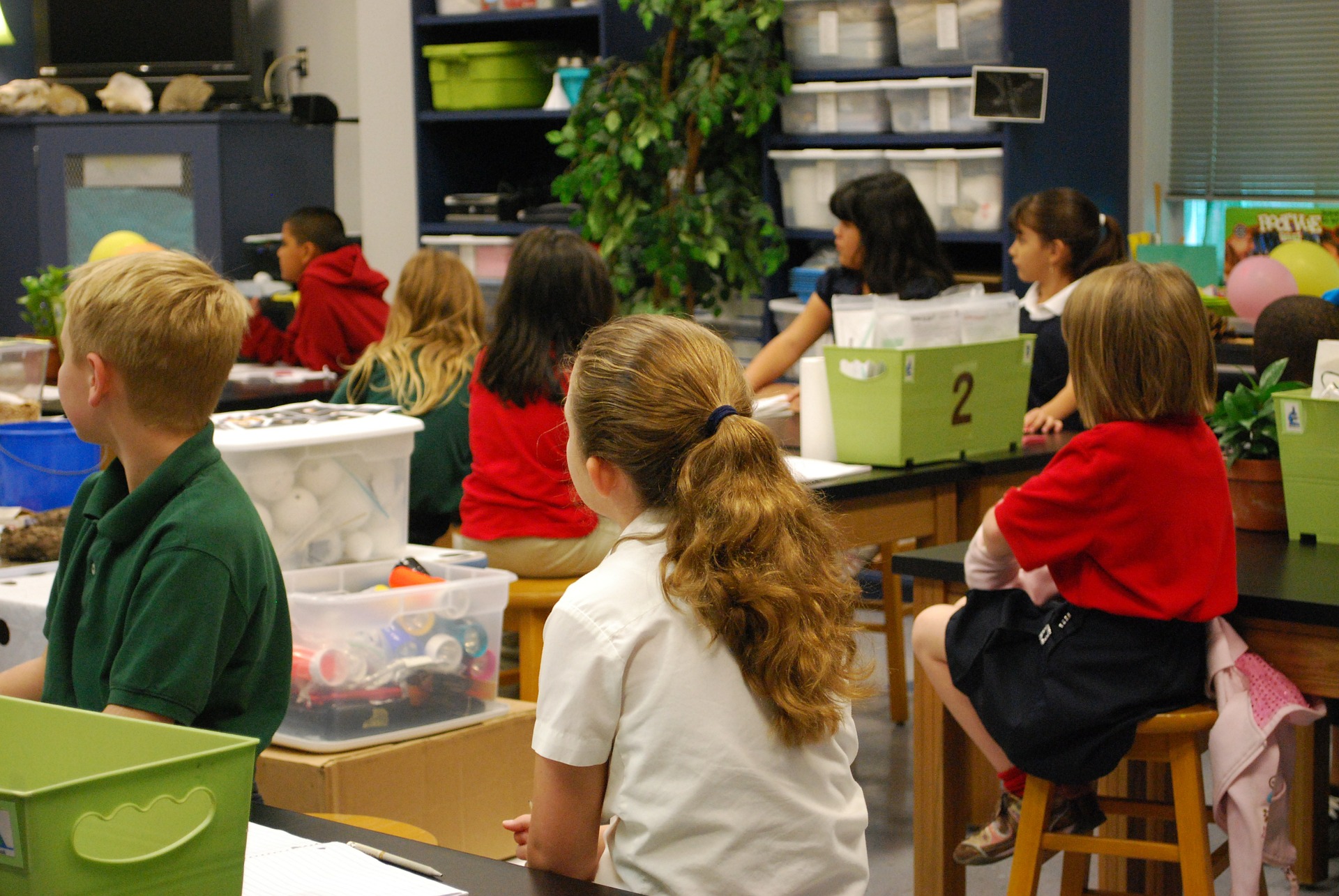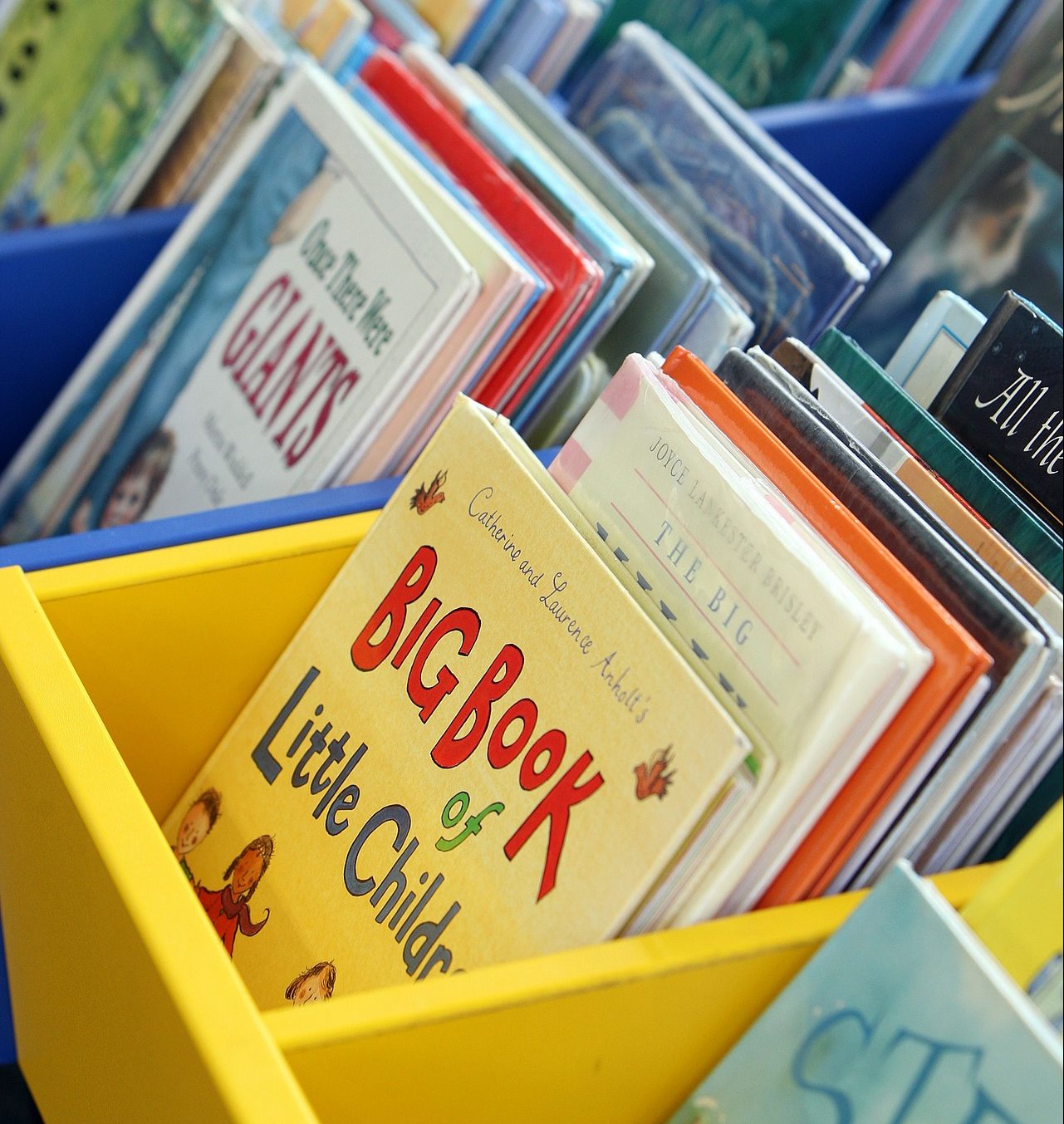Pencils are flying, feet are kicking and voices are clashing over the teacher’s as he or she desperately tries to maintain order and stick to their quickly dissolving lesson plan. At their wits’ end, the teacher raises their voice sharply, calling for calm and threatening severe consequences for the entire class if the unacceptable behaviour doesn’t stop immediately. The mood is fraught and feels out of control for both the teacher and the students.
In the classroom next door, a teacher and their students are in the middle of a lively and critical discussion about the day’s topic. When the discussion gets off topic, the teacher gently but firmly reminds students to stay on track. The class transitions into their next learning task seamlessly, independently and without chaos. This is a learning space that is simultaneously calm, enthusiastic and well-structured; one can sense the shared respect, synchronicity, and accountability amongst the teacher and the students.
These two pictures are drastically different. All teachers strive for the latter, so the question is – what are best practices and strategies to achieve effective classroom management?
The truth is that with each class a teacher will have to adapt their approach in some ways to match the needs of the students, however there are some general guidelines that are beneficial for all educators to practice in their learning spaces in order to foster effective learning and engagement for their students.
Teachers must establish and reinforce structured classroom routines as well as clear learning and behavioural expectations for their students.
Clearly and consistently communicating to students what is expected in their learning space gives them the opportunity to be accountable for their behaviour, learning efforts, and conduct in the classroom and even beyond. Approach your classroom expectations in the form of a collaborative agreement, so as to show your students that they have an active role in their learning, behaviour, and growth as a student and as a person.
When learning and behavioural expectations are not met, a teacher should promptly address these issues and remind students of the agreed upon expectations and discuss what needs to be done to maintain a positive, structured, and engaging learning space.
Non-verbal communication and lesson design can also help in establishing expectations, routines,and learning task transitions. Use polite language, maintain eye contact, allow students to speak uninterrupted, and facilitate, rather than impose, a discussion about learning expectations and goals. Additionally, the use of designated learning stations and other physical cues or rituals can also help teachers to create a calm, structured, yet self-motivated learning space for students.
Another key aspect of effective classroom management revolves around motivation and reinforcement.
Be sure to acknowledge students’ successes in the classroom and allow reflection for not just areas of improvement, but tangible growth. This cultivation of intrinsic motivation will look different in each classroom and for every teacher, but has very powerful potential in creating space for students to grow in their learning and conduct in the classroom and in life.



 Why is English so hard to learn?
Why is English so hard to learn?